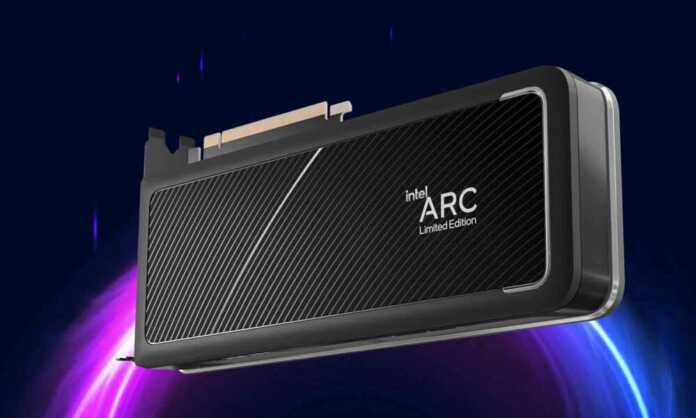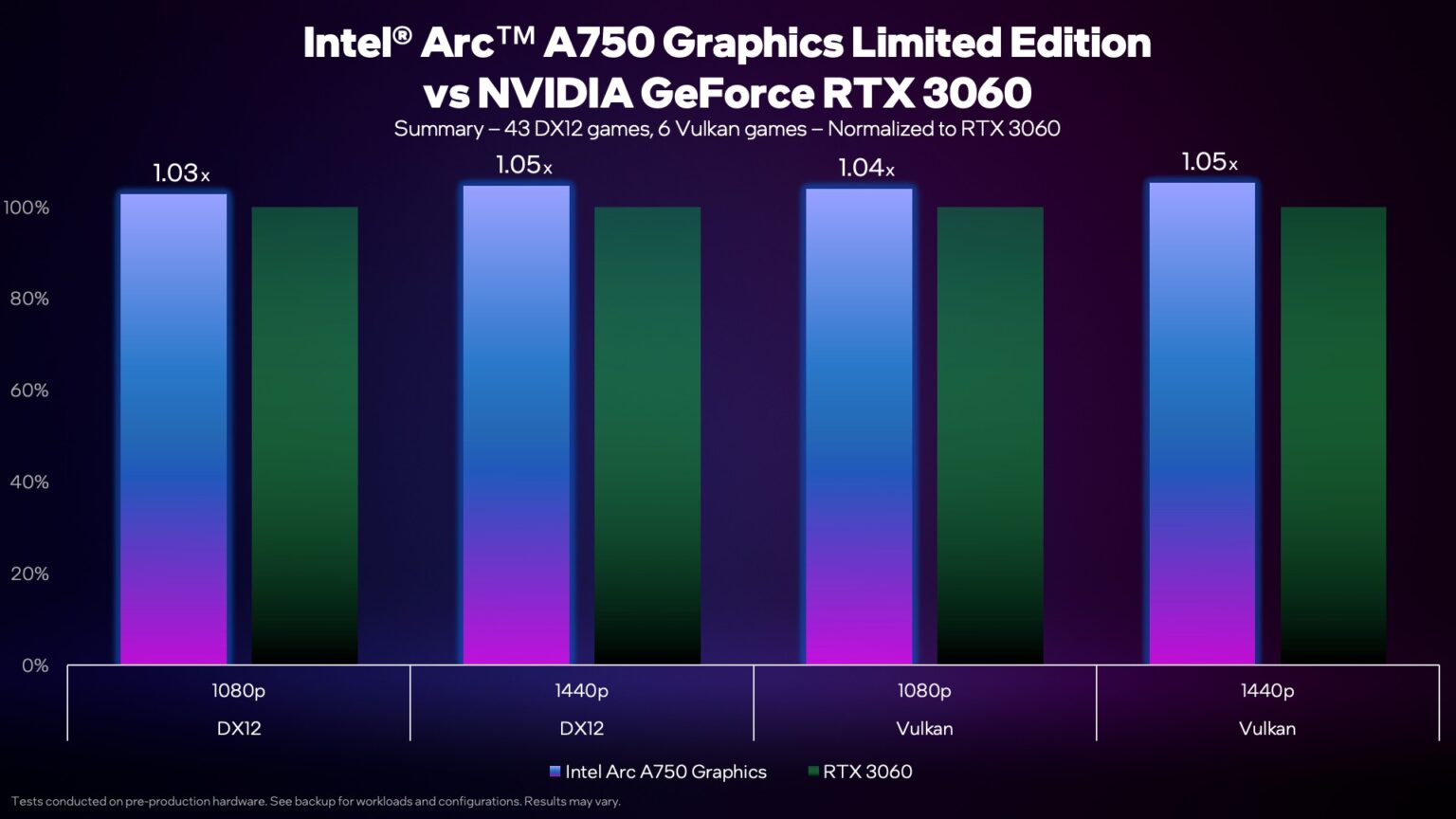The chip giant has commented in a recent interview with PCGamer that the Intel Arc Alchemist will not only have a “competitive” price, but will also offer very good performance in ray tracingthanks to the configuration of the RTUs (Ray Tracing Units) used by these graphics cards.
Before getting into the matter, I want to remind you that the Intel Xe-HPG architecture, which is the one used by the giant from Santa Clara in the Intel Arc Alchemist, has one RTU for each Xe block, which means that a graphics card like the Intel Arc 3 A380 that has 8 Xe blocks has 8 ray tracing units. These units take care of accelerating the workload that represents ray tracing, including the calculation of collisions and intersectionsand it is very likely that the XMX matrices will end up taking care of the subsequent noise reduction.
Well, according to Tom Petersen, the RTU is very prepared to work with ray tracing in real time, and offers very good performance compared to the GeForce RTX 3060. He did not give specific details, but said that compared to NVIDIA they should offer “similar or better” performance, which suggests that their architecture is generally on the same level as NVIDIA’s, at least as far as ray tracing is concerned. refers.
In this sense we must highlight two important keys, the first is that Intel has used a BVH cache on the GPUwhich makes it possible to speed up BVH cross intersections, and what is known as “yarn sorting unit”, which should simplify the organization and resolution of the different worker threads. It is clear that Intel Arc Alchemist not only offers full ray tracing acceleration, but is also a highly specialized architecture for that task.
Why is Intel comparing Arc Alchemist to the GeForce RTX 30 and not the Radeon RX 6000?
Well, it’s very simple, because when we talk about ray tracing, the GeForce RTX 30 are clearly above the Radeon RX 6000. The architecture that NVIDIA uses in its second generation RT cores plays directly in another league, so much so that these offer more than twice the performance in ray traced gamesas we saw at the time when we analyzed the performance of the GeForce RTX 3090 Ti with ray tracing against the Radeon RX 6950 XT.
Intel has been directly compared to NVIDIA because it’s the gold standard when it comes to ray-traced gaming performance, nothing else. AMD managed to introduce acceleration units of this technology in the Radeon RX 6000, but these have important shortcomings that cause them to lose a lot of performance, and one of the most important is related precisely to the BVH cross intersections, which in the Radeon RX 6000 they are not accelerated by specific hardware, but are calculated directly in the shaders.
In fairness, we must recognize that Intel has made a titanic effort with the Arc Alchemist, and that creating a competitive GPU architecture from scratch it’s not easy. In addition to all the challenges that it represents at the hardware level, we must take into account everything that it implies at the software, driver, and optimization level. With all this in mind, I think that the result that Intel has achieved with its first generation of graphics cards is reasonably good, at least with the data that we have on the table right now.
Someone may tell me that their drivers are still very green and that they are giving serious problems, and if truein fact it also has to improve performance with obsolete APIs, but I remind you that a veteran like AMD released some drivers a year ago that disabled some Radeon RX 5700 and RX 5700 XT, and that it has also had performance problems with DirectX 11 for years so Let’s be a little more fair and impartial.











